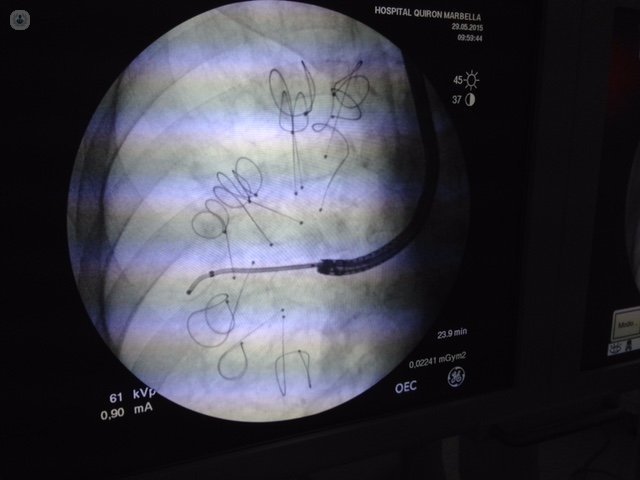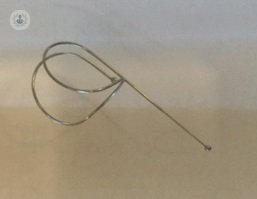Snuff: main cause of pulmonary emphysema
Written by:Pulmonary emphysema is a type of COPD (Chronic Obstructive Pulmonary Disease) which produces progressive and irreversible lung destruction. Its cause is mainly the snuff. The severity of emphysema is related to the number of cigarettes consumed and the number of years the person has been smoking. From the Pneumology study and we try to remedy this type of frequent problems.
What is pulmonary emphysema

In more severe degrees it leads the patient to a serious disability that prevents you from performing the basic activities of daily life. The patient feel short of breath, even when resting, and often require portable oxygen to leave his home.
Emphysema: types of treatment
The usefulness of treatment for emphysema is limited. Therapeutic choices are necessarily to stop smoking, respiratory physiotherapy and using oxigenoterpia during exercise, if required. These are measures that help improve the quality of life for patients with severe emphysema. With respect to drugs, bronchodilators, do not produce a significant relief. In these cases, the best treatment option is lung transplantation, provided they meet certain criteria and to find a donor.
Alternatively, the volume reduction surgery is invasive, expensive and with high mortality. The new challenges of treating emphysema focus on making the endoscopic volume reduction technique, for this we have developed several techniques: foam sealant coil, valves and.
The sealing foam blocks air inlet to the distal diseased area, the airway collapses, loses the lung volume is decompressed and the patient breathes better. The drawback of this technique has been in some patients has caused serious side effects, so their use is not widespread.
Block valves mechanically bronchus allowing air to exit and not between, which induces volume reduction. In many patients the distal bronchi of the area where the valve is placed has collateral ventilation, ie it reaches the air by an accessory pathway, and volume reduction does not occur. In these cases we have previously identified their placement which patients benefit from the valves.

All these techniques are minimally invasive procedures performed with sedation and with a bronchoscope, allowing the patient to return to the home within a maximum 24 hours. If patients are well selected, the improvement in quality of life is very significant. They must be treated both lungs within 45-60 days. In these cases they are typically placed 10 to 12 coils per lung upper lobe and 12-14 at lower. Currently, there are over 4,000 patients treated with coils in the world. The cost of treatment varies depending on the number of coils or valves that are placed.


